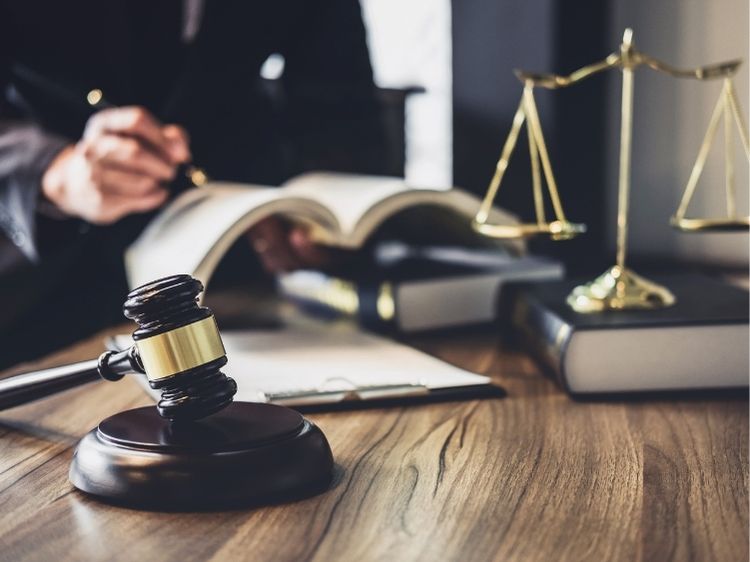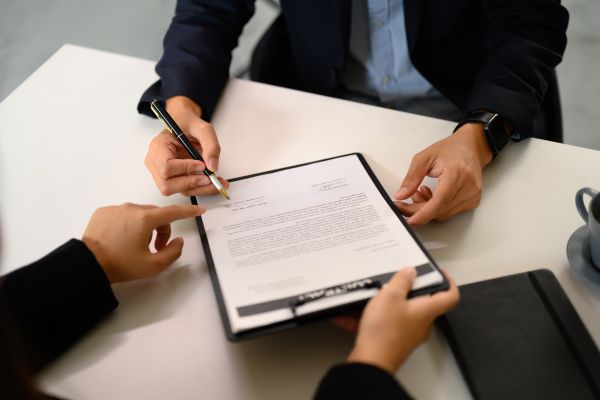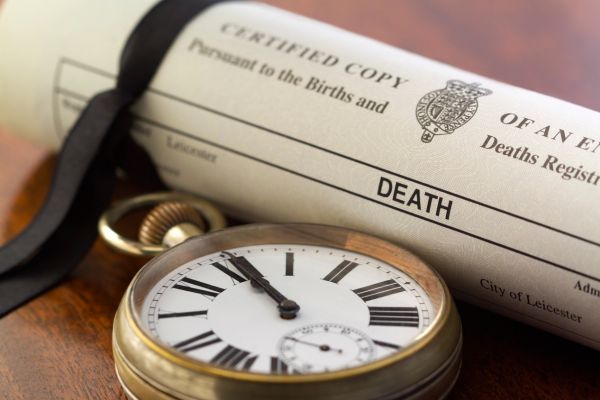When you buy a product, you expect it to be safe and reliable, right? Unfortunately, that’s not always the case. Sometimes, products can cause injuries or damages, and that’s where product liability cases come into play. In this article, we’ll walk you through the ins and outs of product liability, why these cases matter, and how they impact consumers and manufacturers alike.
What is Product Liability?
At its core, product liability refers to the legal responsibility of a manufacturer or seller to ensure that a product is safe for use. If a product is found to be defective or dangerous, the company can be held accountable through a lawsuit. This concept is designed to protect consumers from harm and encourage companies to maintain high safety standards.
Types of Product Liability Cases
Product liability cases typically fall into three categories:
- Design Defects
Design defects occur when a product is inherently dangerous due to its design. Even if the product is manufactured perfectly, the way it was designed presents a risk. Think of a car model that flips over too easily during sharp turns—that’s a design defect in action. - Manufacturing Defects
These defects happen during the production process. A product might be well-designed, but something goes wrong on the factory floor. For instance, if a batch of medicines is contaminated during packaging, that’s a manufacturing defect. - Marketing Defects (Failure to Warn)
Sometimes, a product is fine, but the instructions or warnings about its use are insufficient. If a company fails to provide adequate warnings or instructions for safe use, this can lead to a product liability claim. A good example would be an electronic device sold without clear instructions on overheating risks.
Who Can Be Held Liable?
In a product liability case, multiple parties can be held responsible, including:
- Manufacturers: They design and create the product.
- Retailers: Even though they didn’t make the product, they sold it to the consumer.
- Distributors: They handle the transportation and distribution of the product.
This broad scope means that accountability doesn’t just fall on the manufacturer but could include every step of the supply chain.
Famous Product Liability Cases
Some high-profile product liability cases have set precedents in the legal world:
- McDonald’s Coffee Case (Liebeck v. McDonald’s)
In one of the most famous product liability lawsuits, an elderly woman sued McDonald’s after suffering third-degree burns from a spilled cup of hot coffee. The case became infamous, but it highlighted the need for companies to provide proper warnings about potential risks. - Ford Pinto Case
Ford faced a massive product liability lawsuit due to the flawed design of the Pinto’s fuel system, which caused deadly fires during collisions. This case brought attention to the responsibility automakers have to ensure their vehicles are safe for consumers.
Steps to Take if You Have a Product Liability Claim
If you think you’ve been harmed by a defective product, here are the steps you should take:
- Preserve the Evidence
Keep the product, its packaging, and any receipts. This is vital evidence in proving that the product was defective. - Document Your Injuries
Take photos of your injuries, gather medical records, and keep any documents related to your treatment. - Contact a Lawyer
An attorney who specializes in product liability cases can help you navigate the legal process and determine whether you have a strong case. - File a Claim
Your lawyer will help you file a lawsuit against the responsible parties. Depending on the situation, you may be eligible for compensation for medical expenses, lost wages, and even emotional distress.
FAQs about Product Liability Cases
Q: What’s the difference between a product liability claim and a personal injury claim?
A: Product liability cases specifically target defective or dangerous products, while personal injury claims can cover a broader range of injuries not necessarily linked to a product.
Q: How long do I have to file a product liability lawsuit?
A: The time frame varies by state, but typically, you have between two and four years to file a claim. This is known as the statute of limitations.
Q: Can I file a product liability case even if I wasn’t using the product correctly?
A: If a product was used in a way that could reasonably be expected, even if it wasn’t the intended use, you may still have a valid claim. For example, if a child is harmed by a toy that lacks proper safety instructions, the company could be held liable.
Conclusion
Product liability cases serve a critical role in ensuring that consumers are protected from harmful or defective products. Whether the issue lies in the design, manufacturing, or marketing, companies must be held accountable for the safety of their products. If you believe you’ve been injured by a defective product, understanding your rights and taking the appropriate legal steps can help you secure the compensation you deserve.
Authoritative Links:
- https://www.consumerprotection.gov/product-liability
- https://www.law.cornell.edu/wex/product_liability
- https://www.legalmatch.com/law-library/article/product-liability-laws.html



